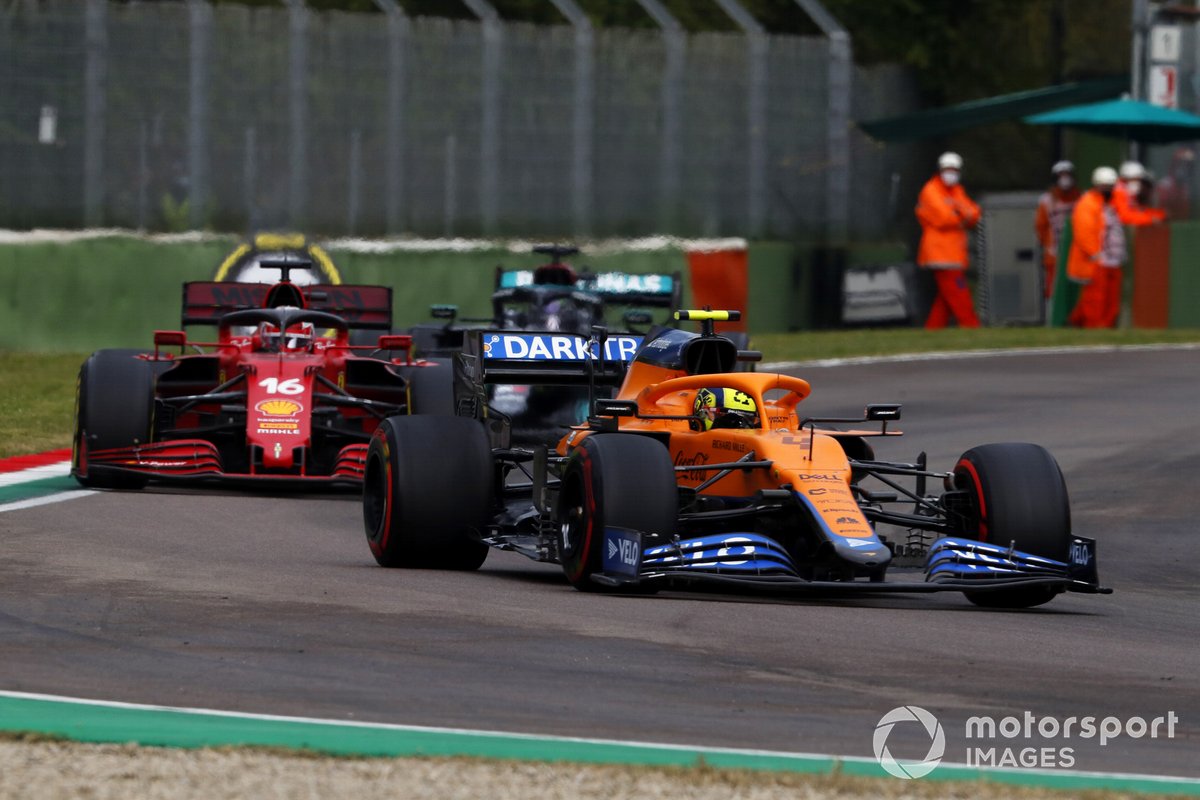
F1 2021
If everything goes according to plan, the racing game F1 2021 will be released on July 16, 2021 for both PC and consoles. If you're wondering what hardware you need to play the PC version, you've come to the right place. In the meantime, the official system requirements are known, which we do not want to withhold from you. So you already know a few weeks before the release whether you might need to upgrade your computer.The hardware requirements of F1 2021 (buy now € 69.99) are not exaggerated: To get behind the virtual steering wheel To be able to swing, you need at least an Intel Core i3-2130 processor and a graphics card on par with an Nvidia GTX 950. You should also have eight gigabytes of RAM in your PC. The requirements for the use of ray tracing naturally increase somewhat. The recommended system requirements are also set a good bit higher, but also not excessive. Here is an overview:
Minimum system requirements
OS: Windows 10 64-bit (version 1709) | for ray tracing: Windows 10 64-bit (version 2004) Processor: Intel Core i3-2130 or AMD FX 4300 RAM: 8 GByte Graphics card: Nvidia GTX 950 or AMD R9 280 | for Ray Tracing: GeForce RTX 2060 or Radeon RX 6700 XT DirectX: Version 12 Hard disk: 80 GB of free spaceRecommended system requirements
OS: Windows 10 64-bit (Version 1709) | for Ray Tracing: Windows 10 64-bit (Version 2004) Processor: Intel Core i5 9600K or AMD Ryzen 5 2600X RAM: 16 GByte Graphics card: NvidiaGTX 1660 Ti or AMD RX 590 | for Ray Tracing: GeForce RTX 3070 or Radeon RX 6800 DirectX: Version 12 Hard disk: 80 GB of free space Source: SteamNorris: Leclerc should have passed Verstappen at Imola F1 restart
Verstappen was preparing to take the pack back up to racing speed after the Emilia Romagna event had been suspended to clear up the wreckage from George Russell and Valtteri Bottas crashing heavily, when the Red Bull driver lost control at the final corners.
He speared left over the kerbs of the first Rivazza turn, appearing to briefly put all four wheels across the white line at the track’s edge – although footage from Leclerc’s car is unclear that this happened.
Had Leclerc opted to press on, Verstappen would have been entitled to try and repass before the first safety car line (the lap was considered to be in effect another formation lap despite the lack of standing start), but the Ferrari driver also would have been permitted to race to the line as he would have had taken over as head of the queue.
In any case, Leclerc felt Verstappen “always had one wheel on the track” and so did not attack, but Norris, who was running behind the two leaders at the time of the incident, believes the Ferrari driver should have gambled on getting ahead and arguing his case later.
“I had a great view of it,” said Norris. “Quite funny actually. I think Charles could have gone past him in my opinion.
“At that stage Max was out of control and going left and Charles kind of just hit the brakes and slowed down and stopped.
“At some point he has to go past Max because he was facing the barrier for a lot of the corner.
“I don’t know. We have to maybe ask the guys in charge what the exact ruling is for going off, as off-track, all four wheels off the track and example of [qualifying, where Norris lost his final Q3 time for running too wide at Piratella].

Lando Norris, McLaren MCL35M, Charles Leclerc, Ferrari SF21, and Lewis Hamilton, Mercedes W12
Photo by: Charles Coates / Motorsport Images
“But at the same time Max was going very slow, so it was like Charles could have driven past him at the point. I’m not sure.
“I think if I was in P2, I would have gone for it, because you have a chance at winning then. It’s a risk [that’s] worth it.”
Norris quickly passed Leclerc after the Ferrari driver fell back from the rear of Verstappen’s car when the Red Bull driver eventually instigated the restart, but later lost second place to the resurgent Lewis Hamilton.
Explaining how he approached the final stint, Norris, who defied Hamilton’s advances for five laps, said: “I pretty much started saving the tyres from lap one after the restart, knowing that the last couple of laps were going to be pretty tough [with Norris on the soft tyres compared to the mediums Hamilton, Verstappen and Leclerc were running].
“And they were. Especially with Lewis at the end. A lot of focus was the last couple of corners, getting the deployment right, using the battery in the right way.
“I was trying to save up as much as possible. In the end, I didn’t have enough rear tyre out of the last two corners and the chicane to hold him behind, but I tried.
“It was a nice little battle. It’s nice to be racing unusual cars, I guess for us – a Red Bull, a Mercedes, and Ferraris and things like that.
“It’s nice to be going up against them. Hopefully we can have some more of that in the future.”